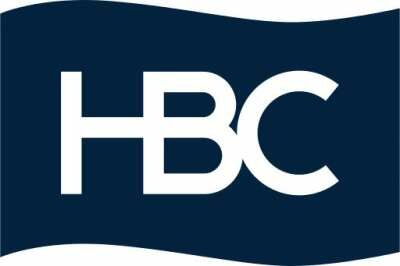‘Made In Europe’ Back In The U.S. SpotlightMonday March 7th, 2016 - 5:23PM
These are shortcuts to your favorite social networking and bookmark sites. Add this story to your Facebook page, del.icio.us, DiggIt, and many others!
With the spotlight on resurgent American-made housewares in recent years, one might miss the “Made in Europe” renewal gaining momentum across the Atlantic. Favorable Conditions That potential was evident at the recent Ambiente fair in Frankfurt, where several European housewares producers cited favorable conditions for an increase in exports to the United States. Chief among those factors is the strong U.S. dollar against the Euro. The prospects for European-produced housewares in the U.S. were severely crimped when each Euro cost more than $1.50 during the recession. While the dollar has given back some pennies to the Euro in recent weeks, the exchange rate remains at an enticing value for increased U.S. consumption of goods manufactured in Europe. European producers, like their U.S. counterparts, have also seen their global competitiveness deficit narrowed to some degree by the rising cost and dipping capacity of Chinese-made goods. China doesn’t appear to have nearly the stranglehold it once did as the world’s low-cost producer, despite its effort to refuel exports by devaluing the RMB. While other Far Eastern locales have stepped up as low-cost sourcing alternatives, the door has opened wider for European factories, especially those capable of increased automation and other labor-cost reducing scenarios. Rich Heritage European producers can’t offer U.S. customers the build-to-order supply-chain efficiencies and patriotic shop-local enticements helping to reawaken U.S. manufacturing, but the “Made in Europe” proposition can harvest distinct advantages cultivated from a rich manufacturing heritage. European-made designations carried plenty of design and marketing influence among housewares retailers and consumers— sometimes more than U.S.-made labels— before the universal shift to Far East production diminished European factory output and cachet. American retailers and vendors would shop trade fairs in Germany, Italy, France, England and elsewhere on The Continent to get an early look at new colors, designs and technology that often wouldn’t make their way across the Atlantic until many months later. Market Forces Globalization has stripped away some of that aspirational foreign allure and all but eliminated the design gap between Europe and the United States. Still, market forces have aligned for Europe to renew its reputation as a housewares trendsetter and premier manufacturing resource. Look for conversations that started in Ambiente to continue during this week’s International Home + Housewares Show as European manufacturers, less prohibited by costs than they have been in years, direct the spotlight on the opportunity for American retailers and consumers to rediscover the cachet of “Made in Europe.” —peter giannetti Tags: Viewpoint • Peter Giannetti • Made in Europe • European housewares • Ambiente • imports • exports • design • European made • sourcing • manufacturing • Housewares •
« Go Back
« Printer Friendly
|

Hudson's Bay Posts Strong Q4, Fiscal Year »
NRF: Retailer Omnichannel Scores Improve
Lifetime Brands Acquires Wilton Armetale
Ulta To Open Chicago Satellite Office
Walmart Launches Loyalty Program
Facing Boycott, High Point Market Clarifies Certain Policies

It can be a challenging exercise to distill from the thousands of products at the International Home + Housewares Show the trends that will translate to retail prosperity in the coming months.


